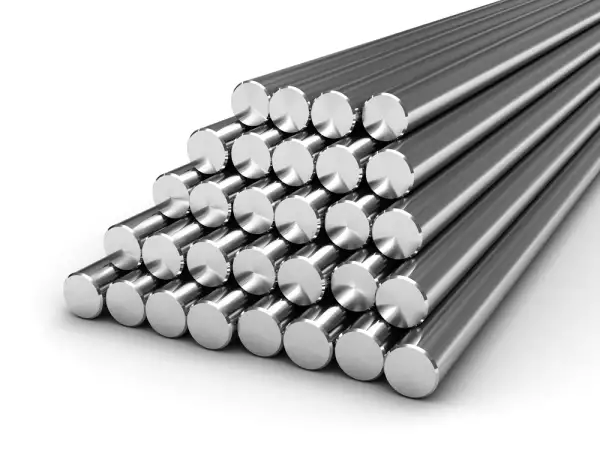When designing grounding in the conditions of the middle zone of Russia, metal pins of a small length are usually chosen - about 3 m, placed at a depth of not less than 0.5 m. This length allows you to hammer the pins into the ground, even manually, without any special technical tools. In addition, this length of the rods is sufficient to reduce the effect of freezing and drying of the soil on the ground resistance. But in order to provide the necessary values of ground resistance, it is necessary to hammer at least three pins into the ground. They are placed at a distance approximately equal to the length of the rods. As a result, grounding occupies a significant area.
Ground resistance is inversely proportional to the area of contact of the electrode with the soil. This means that several short pins can be replaced with one long, provided that the total length stays the same. One of the main advantages of long vertical grounding switches is the use of a minimum amount of space for a grounding device.
Of particular interest are vertical grounding switches with a length of more than 10 m. Such grounding switches are able to easily reach the level of groundwater, i.e., aquifers that are saturated with water even during periods of drought on the surface. The low resistance value is another huge advantage of long vertical grounding switches compared to small grounding switches.
Since the thickness of soil freezing in winter is significantly less than the length of the vertical ground electrode, another positive quality of long vertical ground electrodes appears - stability of the resistance value during the year, minimum dependence on freezing and drying of the soil.
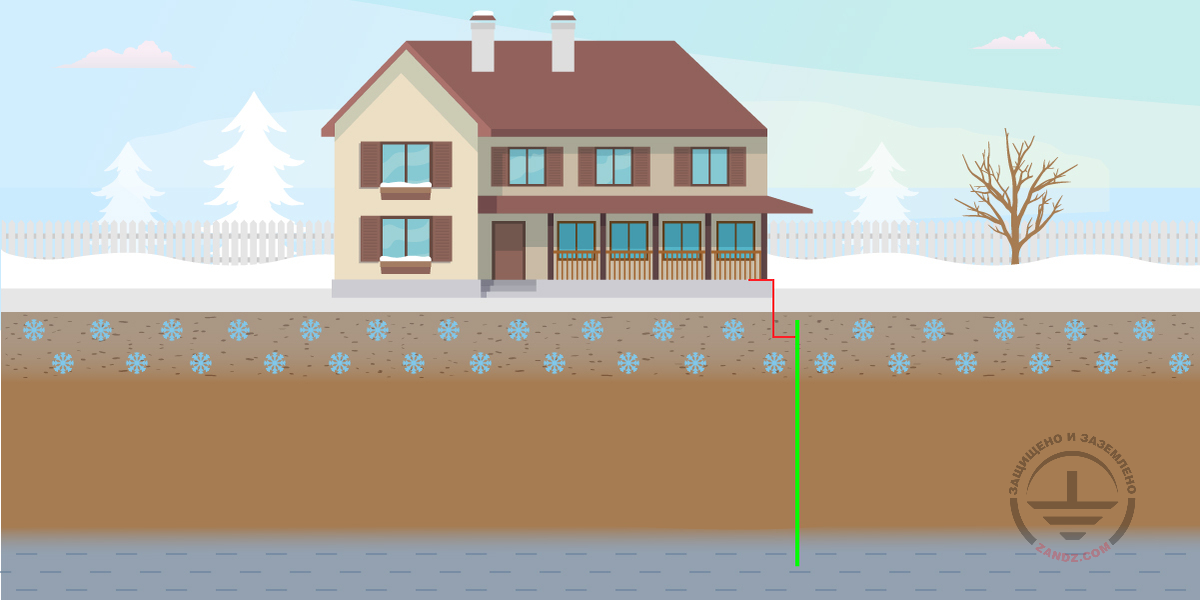
Since the storage and transportation of a grounding switch with a length of about tens of meters is not an easy task, they are made in the form of several pins connected to each other. This is the so-called modular grounding. The length of a single grounding pin immersed in the ground can reach 30 m. Examples of ready-made kits are the grounding kits
The use of a jackhammer with a special attachment included in the grounding kit makes installation of a modular ground electrode system easy. In the ground, in turn, the pins are immersed, interconnected with a special threaded sleeve until the entire pin assembly is placed in the ground. All operations can be performed by one person.
Elements of the vertical grounding switch are made of durable steel. GOST R 50571.5.54-2013 allows the connection of grounding elements by “exothermic welding, crimping, clamping or other permitted mechanical connector”. And what is an “approved mechanical connector”? Technical Circular 11/2006 of the Roselectromontazh Association allows threaded connection of grounding elements, but at the same time they must be resistant to corrosion or protected from it. In other words, the corrosion resistance of the grounding elements must be comparable with the service life of the protected object. To ensure the necessary strength, as well as an acceptable cost, the main component of the modular grounding of steel - the pin is made of steel. One of the possible options for protecting it from corrosion is coating with a layer of copper. And auxiliary elements (threaded coupling, clamps, connectors, etc.) can be made of bronze or stainless steel. It should be borne in mind that when the pin is hammered in, the copper coating must withstand significant mechanical stresses. The traditional chemical method of deposition does not allow achieving the desired strength and degree of adhesion. If there are obstacles in the ground, such a pin coating may peel off what will cause unprotected steel to come into contact with the ground, as a result of corrosion of the ground electrode and a decrease in service life.
ZANDZ modular grounding kits use a coating of steel pins with a layer of copper with a thickness of at least 0.25 mm made by galvanizing. When using this method of application, the coating bends along with the pin and its damage does not occur when passing obstacles. The thread is applied by knurling after coating: the grooves are not cut out but squeezed out, what allows maintaining a constant thickness of the copper protective layer in the area of the threaded connection. The diameter of the pin is 14 mm that is enough to provide the necessary strength and meet the requirements of regulatory documents. The deepening of the vertical ground electrode can be facilitated by installing a pointed starting tip made of especially strong steel on the pin.
The service life of ZANDZ modular grounding in aggressive soils is 30 years, in normal ones - 100 years.
Related Articles:
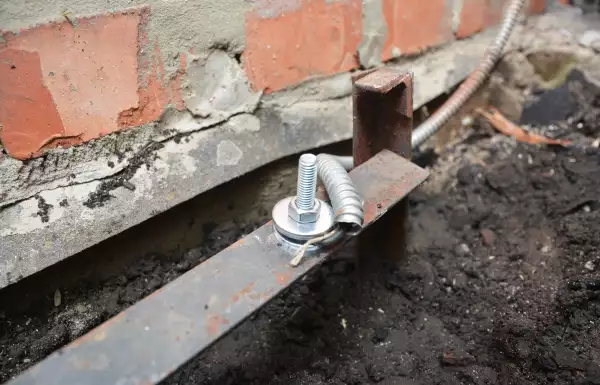 Why Cannot Vertical Earthing Devices Be Installed Close to Each Other?
Why Cannot Vertical Earthing Devices Be Installed Close to Each Other?
 Electrolytic Grounding in Permafrost Soils: Should Vertical of Horizontal Electrodes Be Used?
Electrolytic Grounding in Permafrost Soils: Should Vertical of Horizontal Electrodes Be Used?

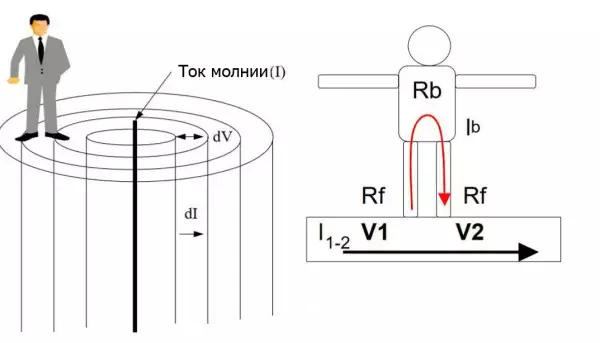 Step Voltage: Dangerous Obscurity and Reliable Protection
Step Voltage: Dangerous Obscurity and Reliable Protection
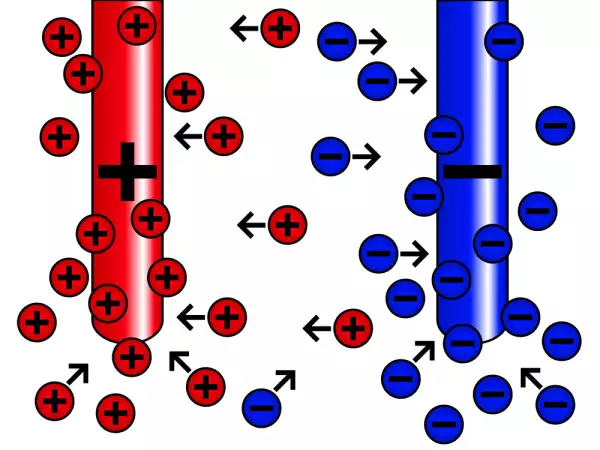 Nature of Electrochemical Corrosion
Nature of Electrochemical Corrosion
 Public Safety in Land Transport in case of Direct Lightning Strike
Public Safety in Land Transport in case of Direct Lightning Strike
